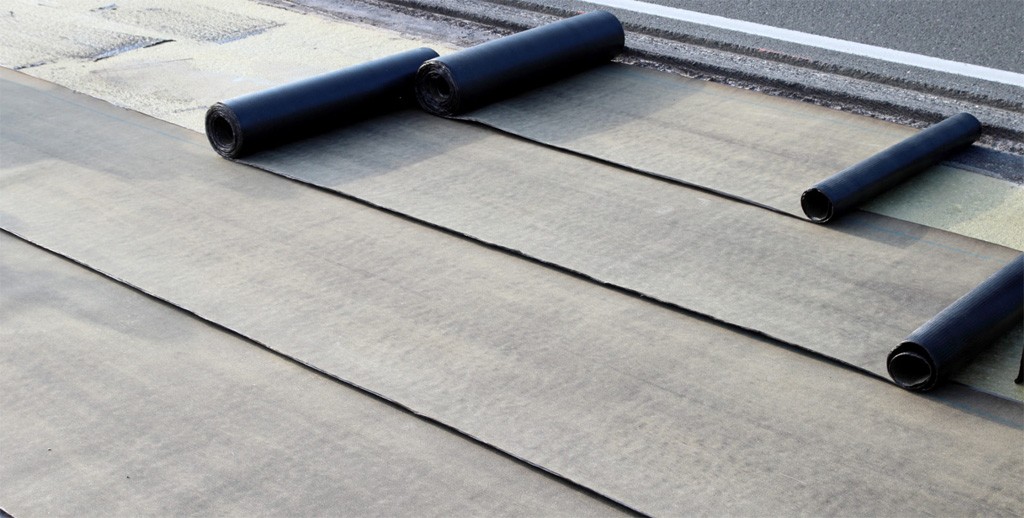
As you would expect from any component of a commercial or residential building, roofs must be repaired or replaced from time to time. Knowing how long a roof will last relies on a number of factors – some can be predicted, and some cannot. For example, regular inspections and maintenance help to ensure your roof and its components are functioning properly and in good repair thereby extending the lifespan of your roof. Additionally, roofing materials and the style of your roof will impact the life expectancy of your roof. You would also need to consider the climate in your region if you wanted to predict how long your roof will last. With all these factors (and more) in mind, it can be difficult to define the lifespan of a roof, but let’s try. So then, what is the life expectancy of a flat roof?
You’ll notice this article refers specifically to flat roofs, but it’s important to know that there are different types of flat roofs. Two of the most common flat roofing systems are single ply PVC and TPO, and modified bitumen torch-down. Each of these systems has different features, benefits, and drawbacks which will impact the life expectancy of the roof.
Single Ply Thermoplastic Roofing Systems
Single ply PVC and TPO roofs are among the most advanced flat roofing systems available. These roofs are designed for performance and durability, so it should come as no surprise that they tend to last the longest. Indeed, these roofs are a popular choice for regions that experience the harshest weather conditions. The thermoplastic materials used in the construction of these flat roofs are flexible and resistant to damage from the sun’s ultraviolet rays. Essentially, these roofs are durable because they are pliable and can adapt easily to changing temperatures and weather. They are resistant to industrial chemicals and pollutants and make an excellent choice for commercial roofs. Typically, you would expect these flat roofs to offer a life expectancy of 15-25 years if properly maintained.
Modified Bitumen Torch-down
Modified bitumen flat roofing systems are probably the most common flat roofs. These heavy-duty roofing systems feature layers of fiberglass, polyester, and bitumen added to a tar and gravel layer. Sheets are “torched down” so they adhere to the roof and seams are joined. These are well suited to most climates, though heavy rain and snowfall can compromise the life expectancy of torch-down roofing systems. On average, these roofs last 12-15 years and represent a great value for most buildings with flat roofs. Like any roofing system, they require regular maintenance to promote a long lifespan.
If you are wondering which system would make the best roof for your building, always consult a professional roofers. There are many factors to consider in choosing the best roof including climate, cost, and functionality.

